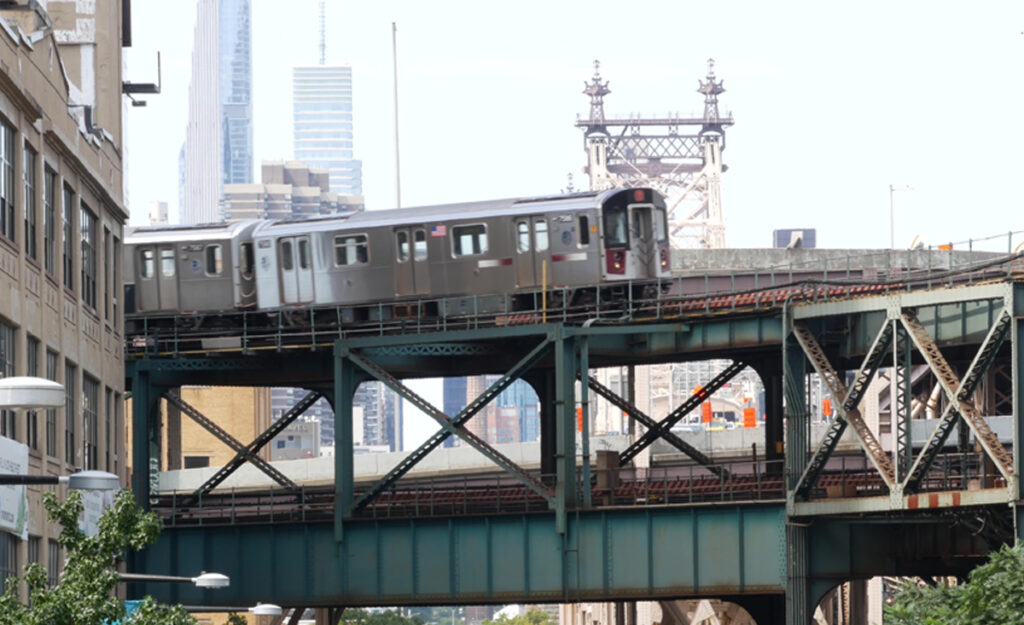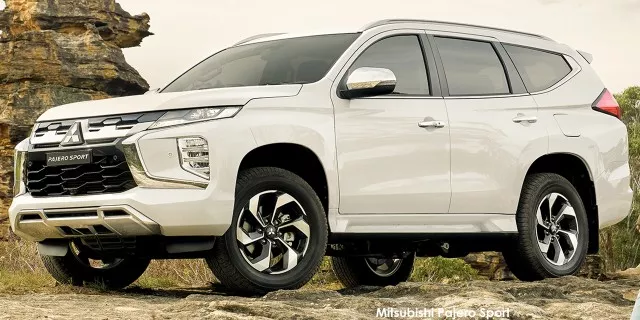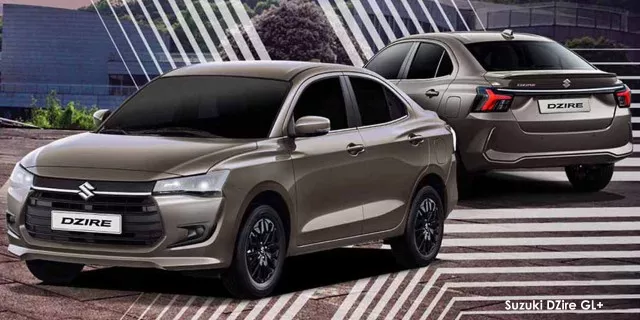
The proposed 0.5 percentage point VAT hike that was intended to take effect on 1 May 2025 will no longer come to fruition.
Minister of Finance, Enoch Godongwana, announced on 24 April that he will soon implement measures to reverse the highly contested VAT increase.
The minister will thereafter introduce the Rates and Monetary Amounts and the Amendment of Revenue Laws Bill, which proposes to keep VAT at 15% from 1 May 2025.
“The decision to forgo the increase follows extensive consultations with political parties, and careful consideration of the recommendations of the parliamentary committees,” said National Treasury.
By not increasing VAT, authorities estimate that the country’s revenue will fall short by around R75 billion over the medium term.
“As a result, the Minister of Finance has written to the Speaker of the National Assembly to indicate that he is withdrawing the Appropriation Bill and the Division of Revenue Bill, in order to propose expenditure adjustments to cover this shortfall in revenue,” said Treasury.
“Parliament will be requested to adjust expenditure in a manner that ensures that the loss of revenue does not harm South Africa’s fiscal sustainability.”
The decision not to increase VAT means that the measures to cushion lower-income households against the potential negative impact of the rate increase will now also be sent back to the drawing board.
“To offset the unavoidable expenditure adjustments, any additional revenue collected by SARS may be considered for this purpose going forward,” said Treasury.
Car buyers rejoice
WesBank as well as the Naamsa The Automotive Business Council warned that any increase to VAT will place an overwhelming burden on household spending, reduce disposable income, and curtail consumer confidence.
Naamsa explained that raising VAT in a period of weak consumer spending is inherently contractionary, as it dampens aggregate demand at a time when household consumption accounts for over 60% of South Africa’s GDP.
It also stands to counteract the expected positive influence of three consecutive interest rate cuts by the South African Reserve Bank.
Furthermore, Naamsa warned that higher VAT will in all likelihood elevate vehicle prices, fuel costs, public transport fares, and maintenance expenses, worsening affordability constraints.
For the automotive industry at large, these policy measures would have led to lower production volumes at the country’s numerous vehicle factories, as well as lower sales at a dealership level.
On top of this, export competitiveness will suffer as local production faces cost pressures and falling domestic demand reduces economies of scale.
“This policy choice could inadvertently reinforce stagnation, trapping the economy in a low-growth cycle,” said Naamsa.
For consumers, WesBank noted that a 0.5 percentage point VAT increase will lead to car price increases to the tune of R500 per R100,000 in South Africa.
This could see the starting price of the country’s best-selling vehicle, the Toyota Hilux, rise from the current R361,700 to at least R363,509.
Rather than relying solely on VAT increases to boost revenue, Naamsa proposed the following:
- Reducing wasteful spending
- Expanding the tax base through economic growth, rather than higher tax rates
- Ensuring that the R1-trillion infrastructure commitment over three years translates into actual economic productivity gains
- Greater policy alignment between fiscal and monetary measures, ensuring that efforts to stimulate economic growth are not undone by misaligned tax policies
“The misalignment between monetary policy easing [interest rate cuts] and fiscal tightening [higher VAT and energy costs] will neutralize any intended stimulus, leaving households and businesses constrained by affordability pressures,” said Naamsa.








